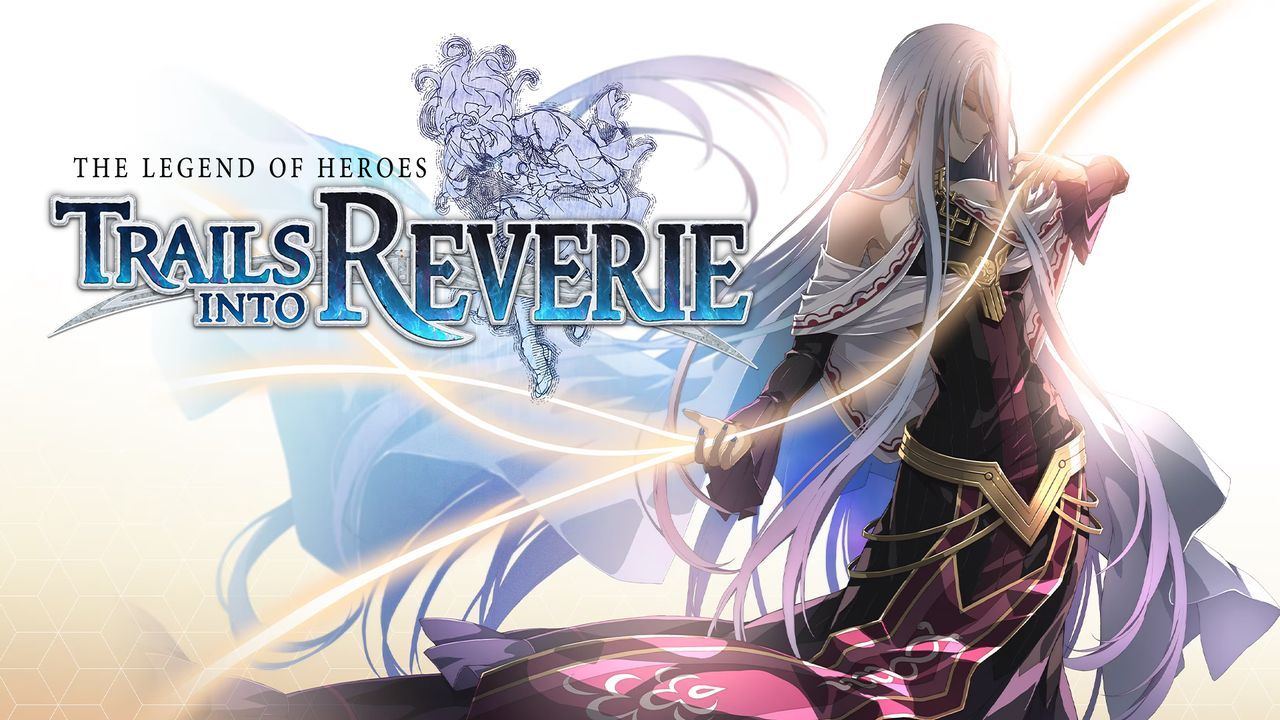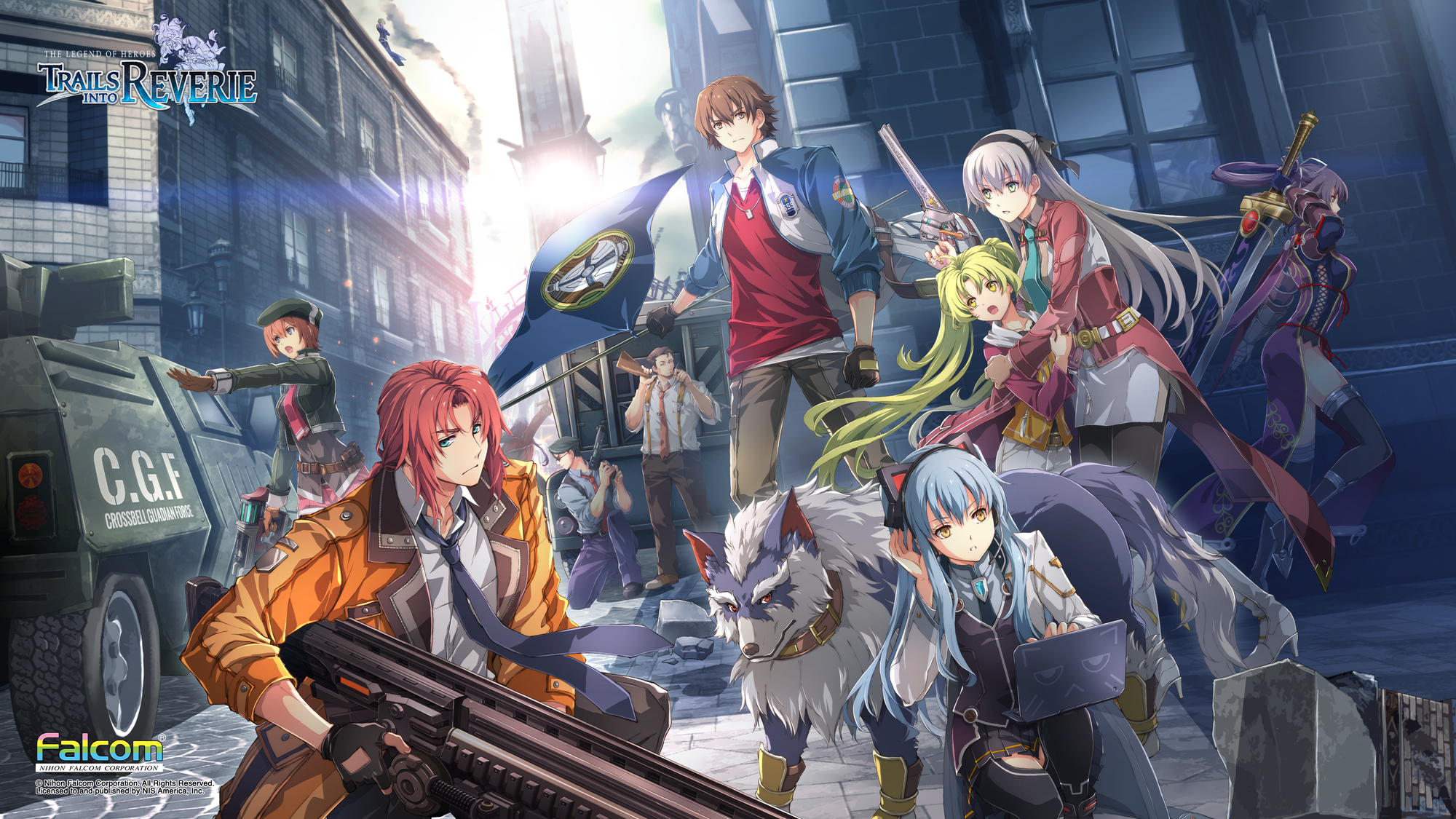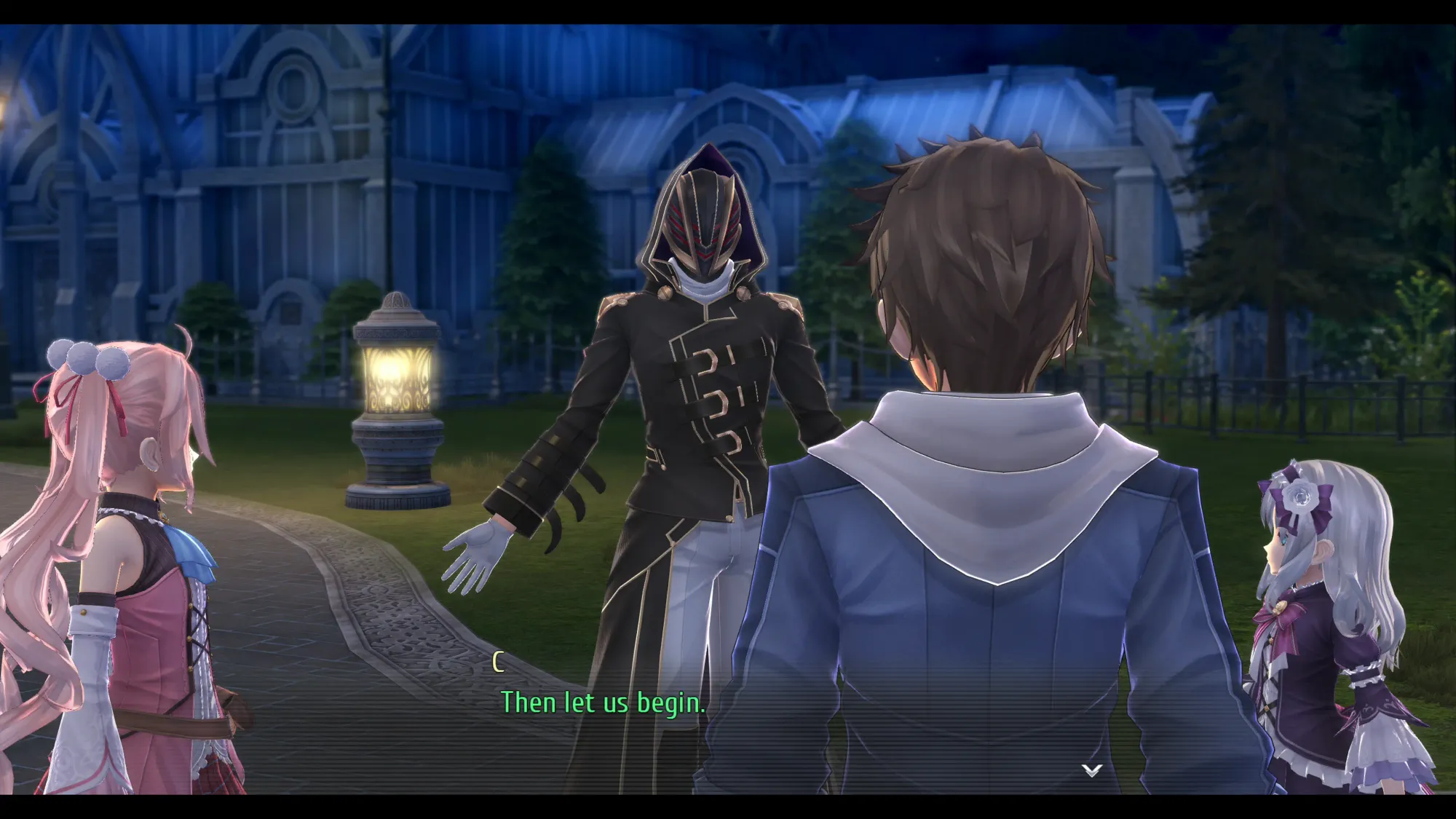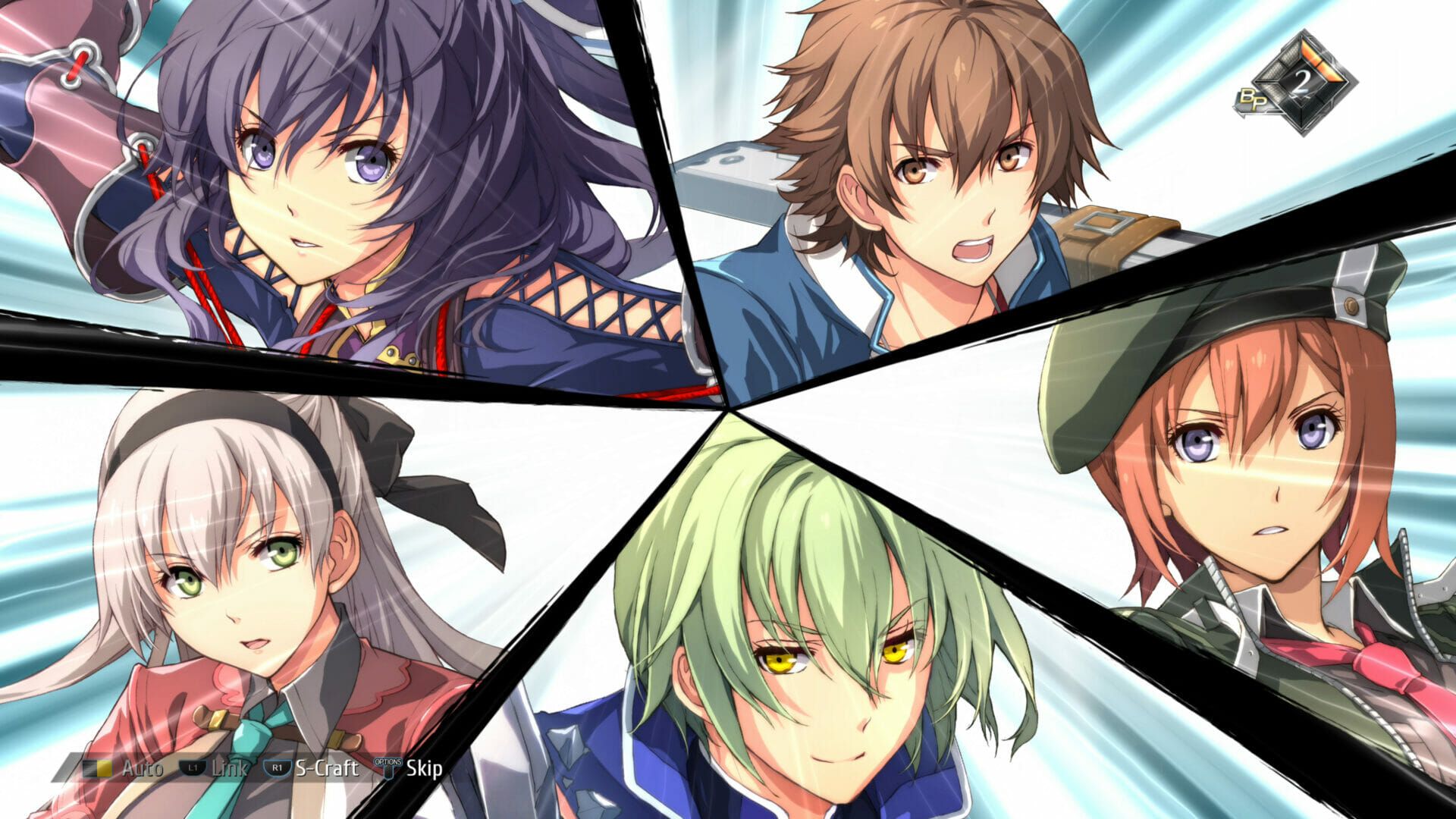The Legend of Heroes: Trails into Reverie Review
All Trails lead here...and onward

While universe-styled media franchises are on the rise as a recent trend thanks to the incredible success of the Marvel Cinematic Universe, Falcom has been ahead of the curve with its multi-decade-spanning JRPG series, The Legend of Heroes. From the franchise's first game, The Legend of Heroes: Trails in the Sky, Falcom set out to tell multiple stories within its interconnected universe on the continent of Zemuria. After three separate arcs spanning over nine games, we're finally at the culmination where all trails end (and begin?): The Legend of Heroes: Trails into Reverie. With a keen focus on storytelling, writing, and the conclusion of character arcs, Reverie successfully tells three stories that crescendo into a beautiful epilogue, nursing what may be the best Trails game we've seen yet.
Three Trails, One Journey
Despite feeling a tad shorter than most Trails games I've played, Reverie is jam-packed with more quality content than I've seen in the series since the likes of Trails into Azure. While the Cold Steel saga had pros, I was ready to see the series step into a new direction with its delivery of story and content. Fortunately for me, Falcom was cooking up a delicious meal with Reverie and the triple-pronged story. With all the characters and plotlines in the series, it made sense for Trails to rub shoulders with Grand Theft Auto V and tell three stories that lead to one.

By taking notes on telling the stories of three separate protagonists, Falcom refreshed Trails' storyline delivery with the Trails to Walk system. The ability to switch characters on a whim to experience different points in the story is a gripping storytelling mechanic and kept me hooked all the way through. Fortunately, the Trails to Walk system and the game's plot - significantly Rean's arc - help clean up the frustratingly confusing and unnecessary whims of Cold Steel's curse arc.
Rean Schwarzer rivals Lloyd Bannings as my favorite protagonist in Trails. Still, towards the end of the Cold Steel saga, it was painfully evident that Class VII and the arcs within Erebonia were coming to a screeching crash. Despite the exhilaration that comes alongside the fan service of seeing characters from the Sky trilogy and Zero/Azure duology interact, it simply wasn't enough to save the Cold Steel IV mess, and I left feeling quite confused about what the series meant to me. Reverie dashed those befuddled feelings away by taking Rean's character in an entirely new direction, ultimately redeeming everything the previous arc had done wrong and leaving me grinning from ear to ear with excitement. Rean is once again the "goat with the coat" and I couldn't be more satisfied with how Falcom handled his story in Reverie.
Reverie successfully tells three stories that crescendo into a beautiful epilogue, nursing what may be the best Trails game we've seen yet.
Lloyd Bannings is another "goat with a coat," but unfortunately for everyone's favorite "good-guy cop," Lloyd's story is the weakest of the three. That's not to say it's terrible; Lloyd gets his time to shine and the SSS is there to support him, but there are only so many times this series can get away with Crossbell vying for independence. Lloyd's route shies away from taking risks to deliver a satisfying but oddly hollow plot. Perhaps this is because the greatness that comes from Crossbell and the SSS was primarily done within Zero/Azure, where the best Trails games reside. Detective Bannings is on the case but his time as Trails' best arc is long-gone and Reverie accomplishes so much more than anything the series has previously offered that it ultimately has Lloyd feeling left in the dust, overshadowed by the instrumentally powerful Rean and the alluring, perplexing C.

Speaking of taking risks, Falcom deserves a pat on the back for taking a leap of faith with the enigmatic character "C" and their party members. C's story does something Trails has NEVER seen before, but for review purposes, it's tough to describe what makes the story so immediately engaging without venturing into spoiler territory. C's route allowed Falcom to explore new, thought-provoking ideas tied to identity, existentialism, and justice, resulting in what may be the most remarkable character in the series. There's no way to sell one on C without simply saying "Play it for yourself," so that's precisely what I suggest for any Trails fan eager to see what this mysterious rogue offers to the world of Zemuria.
Visiting the Past, For the Future
Beyond the story, Reverie harbors much of what Trails fans should expect regarding combat, character-building mechanics, and overworld interaction. None of these have changed, except for one additional combat system - United Front - that further bolsters an already excellent turn-based system. What I liked a lot about Reverie was the choice of characters - over 50 - to utilize, and this especially shines in the series' most engaging end-game grind ever, the True Reverie Corridor.
C's route allowed Falcom to explore new, thought-provoking ideas tied to identity, existentialism, and justice, ultimately resulting in what may be the most remarkable character in the series.
Trails in the Sky: The 3rd is arguably the most experimental Trails game to date. Phantasma was a unique setting for the series and allowed the development of Kevin Graham, an otherwise secondary protagonist. Reverie doesn't hide that it took massive inspiration from that game with its introduction of the True Reverie Corridor. This area is a hub for all your character-building needs but also offers mini-games, shops, and monster and loot-filled dungeons for you to explore. Building up your team and tackling challenges has never been more fun and Reverie consistently rewards you for doing so, whether with new challenges or upgrades to your mechanics and Quartz.
By the end of the game, I'm positive most people will find themselves back in the True Reverie Corridor, tweaking their builds and completely busting their characters to deal insane numbers. In my example, I turned Rixia Mao, the ninja-dancer-Crossbellan beauty, into an evade-assassin with a nearly 90% evasion rate and massively output damage. You can tweak any character to your liking and break even the most obscure and irrelevant party members with the right builds, ultimately making this the most customizable Trails game yet. The True Reverie Corridor has much more to offer than being an area to play around in, though, as the story behind the puzzling area leads directly into the series' future. The True Reverie Corridor's plot takes a backseat for most of the game, but near the end and into the end game, the mystery behind this area is delightfully unwrapped.

Conclusion
The Legend of Heroes: Trails into Reverie concludes storylines that span nearly 20 years of mainline titles, ending the arcs in Liberl, Crossbell, and Erebonia. However, with these ends comes new beginnings, and Kuro no Kiseki, the next Trails game set in the Calvard Republic, is on the horizon. Unfortunately for fans in the West (me), Kuro no Kiseki has already been released in Japan and we lowly Western fans must wait for localization. Still, Reverie has reinvigorated my love for The Legend of Heroes by doing what the series has always done best: telling exciting stories and interweaving intricate plot details from different arcs for a bigger, more complete picture. I'm delighted that Trails into Reverie lands among the best-in-class Trails games and I'm more than excited for the series' future. Happy Trails, everyone!
